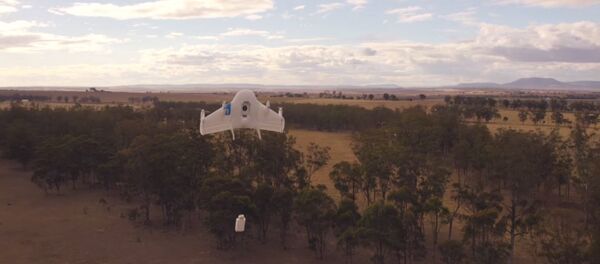There were only 238 drone sightings by pilots in all of 2014.
This may be problematic, as a drone colliding with an aircraft engine could disable it. A collision with the body of an aircraft could also potentially damage the surface of a plane, which may change the airflow and cause the aircraft to become difficult to control.
Personal use drones are restricted by the FAA at elevations over 400 feet and within at least 5 miles from an airport, and the unmanned craft must be visible by the operator. But those regulations don’t seem to be stopping hobby drone pilots from soaring to heights of up to 10,000 feet.
This year, there were 138 reports from pilots flying up to 10,000 feet in altitude in June, and 137 in July, the Associated Press reported.
Penalties for flying an unmanned aircraft "anywhere near" an airplane can bring criminal charges and fines up to $25,000.
"While there hasn't been a serious injury in any reported drone incident, there is little doubt that we should not open the skies to widespread commercial and recreational drone use — oh, and whatever those drones were doing hovering over brush fires — until we understand the challenge and fully implement enforceable safety rules," Ed Wytkind, head of the AFL-CIO's Transportation Trades Department, said in a statement.
Firefighters battling the blazes of the California wildfires have been forced to ground their efforts at least 13 times already after spotting drones, leading many to call for stiffer penalties and more structured regulation for hobbyists.




